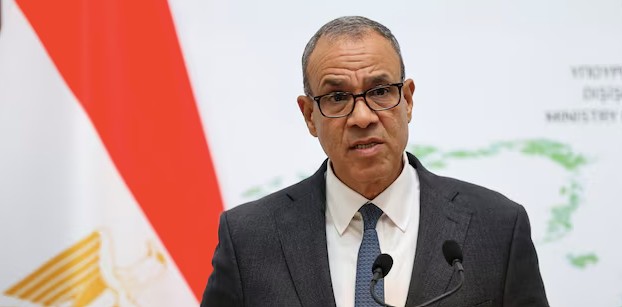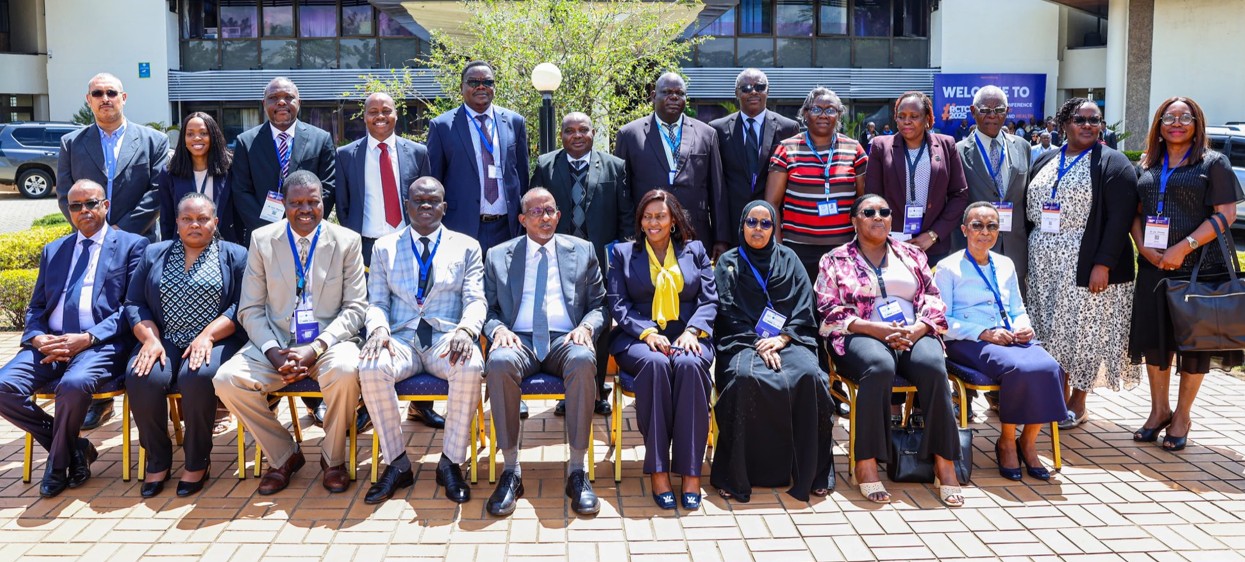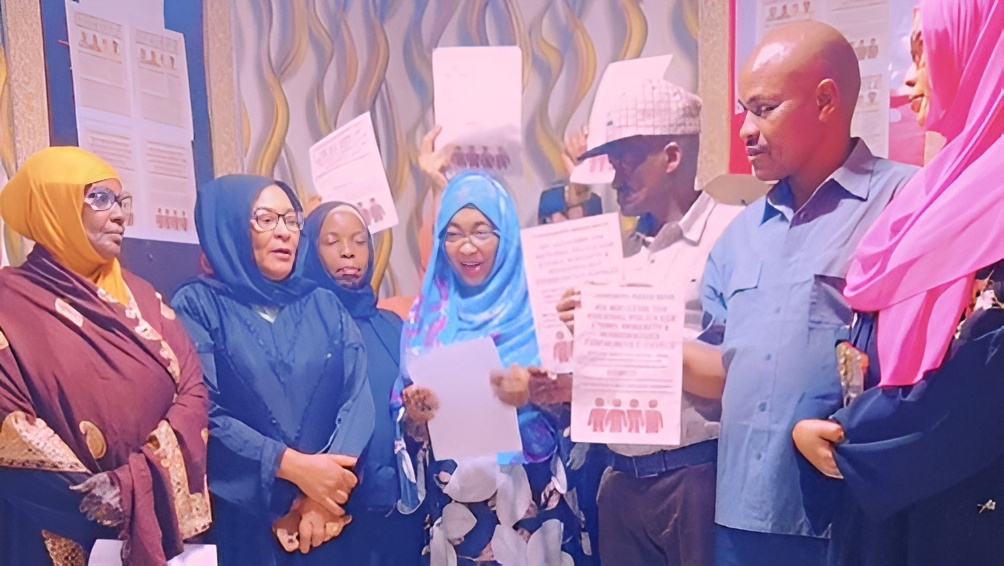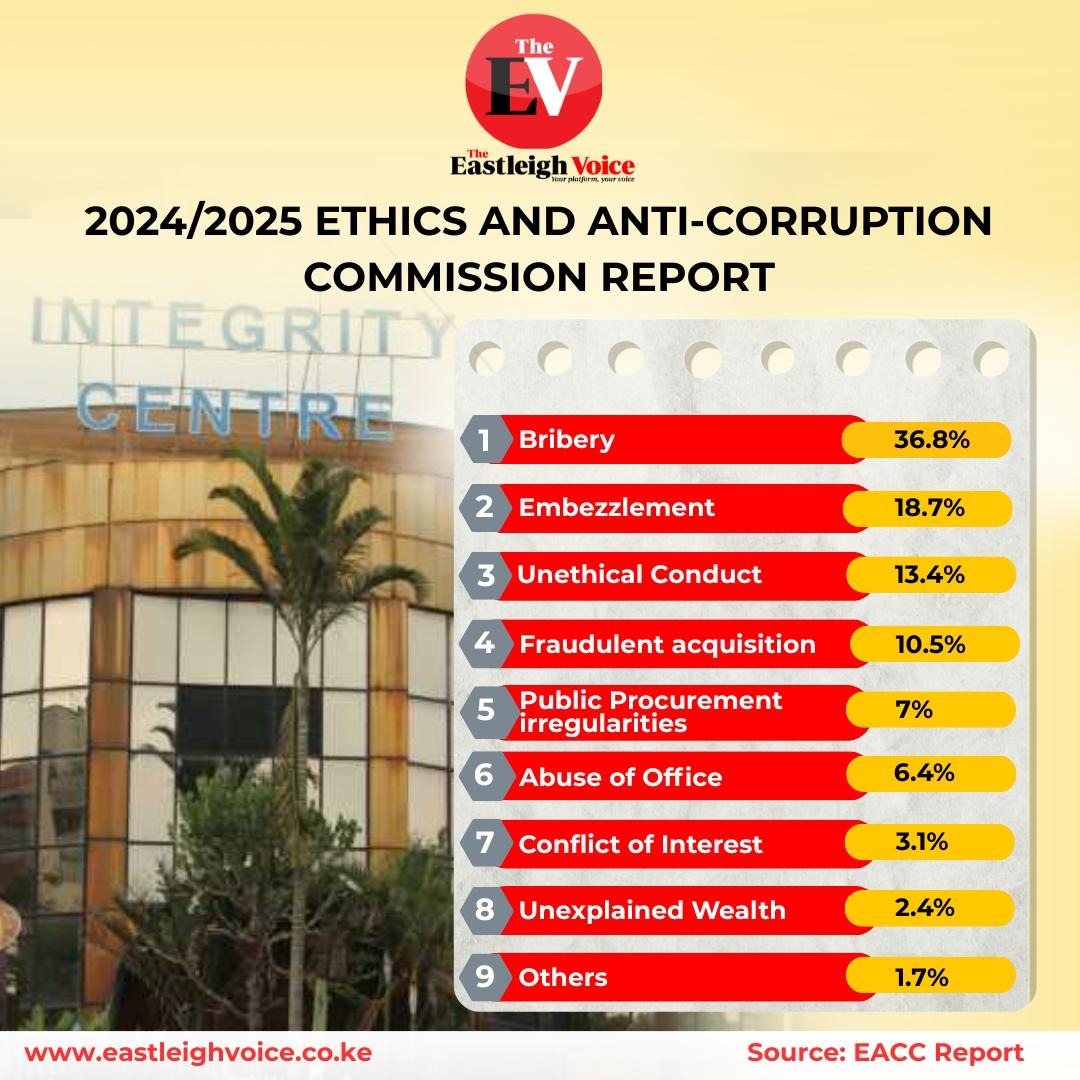Non-work use of ChatGPT surges, now 73 per cent of conversations - OpenAI study
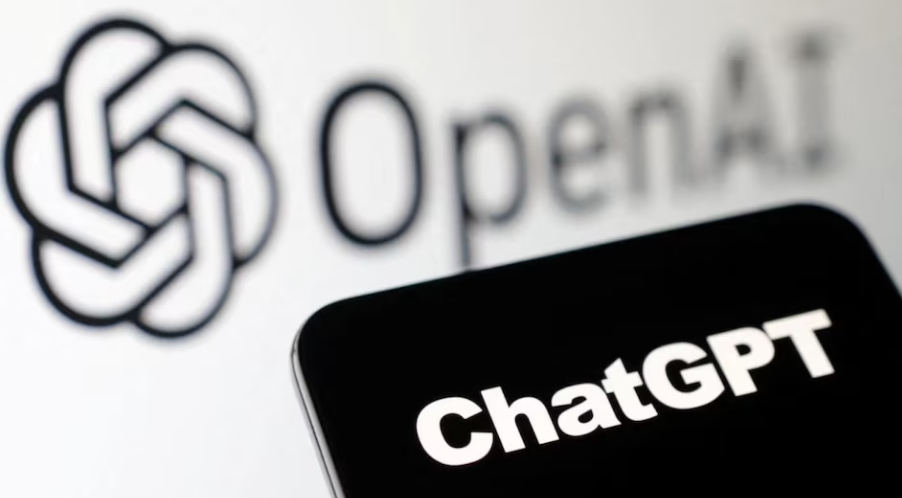
Non-work-related use made up 73 per cent of all ChatGPT conversations as of June this year, up from 53 per cent during the same period last year, a 38 per cent increase.
Non-work-related use of ChatGPT is growing faster than work-related activity, according to a study by OpenAI.
The study found that ChatGPT now accounts for over 70 per cent of consumer messages, while the share of work-related messages has declined compared to a year ago.
More To Read
- Google launches Workspace Studio, enabling anyone to build Gemini-powered AI agents
- ChatGPT could soon tap into Apple Health data for personalised wellness insights
- Gulf region paves the way to become digital data hub
- Apple names new AI chief amid pressure to catch up
- Google tightens free access to Gemini 3 Pro amid surging demand
- Rights experts sound alarm on AI’s potential to target activists, undermine electoral integrity
Non-work-related use made up 73 per cent of all ChatGPT conversations as of June 2025, up from 53 per cent during the same period last year, a 38 per cent increase.
Conversely, work-related usage fell to 27 per cent, down from 47 per cent a year earlier, marking a 43 per cent decline.
The study, however, suggests that both work and non-work messages have grown continuously.
“ChatGPT consumer usage is largely about getting everyday tasks done. Three-quarters of conversations focus on practical guidance, seeking information, and writing, with writing being the most common work task, while coding and self-expression remain niche activities,” OpenAI said.
It adds that patterns of use are also thought of in terms of "Asking", "Doing", and "Expressing".
About half of the messages (49 per cent) are “Asking”, a growing and highly rated category that shows people value ChatGPT most as an advisor rather than only for task completion.
"Doing" (40 per cent of usage, including about one third of use for work) encompasses task-oriented interactions such as drafting text, planning, or programming, where the model is enlisted to generate outputs or complete practical work.
"Expressing" (11 per cent of usage) captures uses that are neither asking nor doing, usually involving personal reflection, exploration and play.
On who is using the chatbot, the report says usage gaps are closing as the platform increasingly democratises.
“As of mid-2025, ChatGPT’s early gender gaps have narrowed dramatically, with adoption resembling the general adult population.”
In January 2024, among users with names that could be classified as either masculine or feminine, 37 per cent had typically feminine names.
By July 2025, the report underscores that the share had risen to more than half (52 per cent).
It notes that ChatGPT has also become a broadly accessible global tool, with especially rapid growth in low- and middle-income countries.
“By May 2025, ChatGPT adoption growth rates in the lowest income countries were over four times those in the highest income countries.”
Top Stories Today




